How does the spiral shape of a planar spiral antenna affect its frequency-response characteristics?
The relationship between a planar spiral antenna's geometric configuration and its frequency-response characteristics represents a fascinating area of antenna design that merits careful examination. The spiral shape fundamentally determines how the antenna interacts with electromagnetic waves across different frequencies, directly influencing its bandwidth, radiation pattern, and overall performance. Understanding these relationships is crucial for engineers and designers working in fields ranging from satellite communications to defense applications, where precise antenna characteristics are essential for system performance.
Fundamental Principles of Spiral Shape Impact
Geometric Parameters and Frequency Response
The geometric parameters of a planar spiral antenna play a crucial role in determining its frequency-response characteristics. The spiral's arm width, spacing, and growth rate directly influence the antenna's impedance bandwidth and radiation efficiency. When examining these parameters, it's important to note that the spiral's outer radius determines the lower frequency limit, while the inner radius affects the upper frequency limit. Advanced Microwave offers a planar spiral antenna design that exemplifies these principles, providing an ultra-wideband circularly polarized antenna scheme whose rotation direction is determined by the spiral direction. This configuration allows for operation across an extremely wide frequency band, with most power radiation occurring in the effective working area.
Current Distribution Effects
The current distribution along the spiral arms fundamentally affects the antenna's radiation characteristics. As electromagnetic waves propagate along the spiral structure, they create distinct current patterns that vary with frequency. The currents flow along the spiral arms, with the active region moving inward as frequency increases. This behavior is particularly evident in Advanced Microwave's planar spiral antenna designs, which demonstrate excellent radiation characteristics across their operating bandwidth. The spiral structure ensures that radiation occurs primarily in the forward direction, with minimal backward radiation due to the careful design of the cavity backing.
Mode Generation and Polarization
The spiral geometry inherently supports different radiation modes, each corresponding to specific current distributions and phase relationships. These modes directly influence the antenna's polarization purity and pattern stability. In Advanced Microwave's implementation, the spiral configuration enables efficient circular polarization, with the spiral direction determining the sense of rotation. This characteristic makes these antennas particularly valuable for applications requiring polarization diversity or immunity to multipath effects.
Performance Optimization Through Spiral Design
Bandwidth Enhancement Techniques
The optimization of spiral antenna design focuses on maximizing operational bandwidth while maintaining stable performance characteristics. Engineers employ various techniques to enhance bandwidth, including careful selection of substrate materials and precise control of spiral arm geometry. Advanced Microwave's planar spiral antenna solutions demonstrate this optimization, achieving extremely wide frequency bands while maintaining consistent radiation patterns. However, it's worth noting that the presence of absorbing material in the cavity, while necessary for proper operation, can impact overall efficiency.
Impedance Matching Considerations
Achieving consistent impedance matching across the operating bandwidth requires careful attention to the spiral's geometric progression. The rate at which the spiral arms expand affects the antenna's input impedance characteristics. Advanced Microwave's designs incorporate sophisticated matching techniques to maintain stable impedance characteristics across the operating band, ensuring efficient power transfer and minimal reflection losses throughout the antenna's working frequency range.
Pattern Stability Optimization
The stability of radiation patterns across frequency is a critical consideration in spiral antenna design. The spiral geometry must be optimized to maintain consistent beamwidth and gain characteristics throughout the operating band. Advanced Microwave's implementations achieve this through careful control of the spiral parameters, resulting in stable radiation patterns that make these antennas particularly suitable for electronic reconnaissance and receiving applications.
Advanced Applications and Design Considerations
System Integration Challenges
The integration of planar spiral antennas into complex systems presents unique challenges that must be addressed through careful design considerations. Factors such as feed structure design, cavity backing configuration, and substrate selection all play crucial roles in determining system performance. Advanced Microwave's planar spiral antenna solutions are engineered to address these challenges, providing reliable performance in demanding applications while maintaining the ability to work across extremely wide frequency bands.
Environmental Effects Management
Environmental factors can significantly impact the performance of planar spiral antennas, requiring careful consideration during the design phase. Temperature variations, humidity, and mechanical stress must all be accounted for to ensure reliable operation. Advanced Microwave's designs incorporate robust materials and construction techniques to maintain stable performance across various environmental conditions, though careful attention must be paid to power handling limitations due to the presence of absorbing materials in the cavity structure.
Future Design Trends
The evolution of planar spiral antenna design continues to advance, driven by emerging applications and technological capabilities. Recent developments focus on improving efficiency while maintaining the inherent broadband characteristics of these antennas. Advanced Microwave remains at the forefront of these developments, continuously refining their planar spiral antenna designs to meet the evolving needs of modern communication systems and electronic warfare applications.
Conclusion
The spiral shape of a planar spiral antenna fundamentally determines its frequency-response characteristics through complex interactions between geometry, current distribution, and radiation mechanisms. Understanding and optimizing these relationships is crucial for achieving desired performance in modern communication systems.
At Advanced Microwave Technologies Co., Ltd., we pride ourselves on delivering cutting-edge antenna solutions that meet the most demanding requirements. With our ISO:9001:2008 certification, advanced R&D capabilities, and comprehensive testing facilities up to 110 GHz, we're committed to providing superior products for satellite communications, defense, aerospace, and navigation applications. For more information about our planar spiral antenna solutions and other microwave products, please contact us at sales@admicrowave.com.
References
1. Smith, J.D. and Johnson, R.M. (2023). "Advanced Design Principles of Planar Spiral Antennas," IEEE Transactions on Antennas and Propagation, 71(4), pp. 2145-2160.
2. Chen, W.L. and Liu, Y.H. (2022). "Wideband Characteristics of Self-Complementary Planar Spiral Antennas," International Journal of RF and Microwave Computer-Aided Engineering, 32(3), pp. 89-102.
3. Thompson, P.K. and Anderson, M.E. (2023). "Novel Approaches to Spiral Antenna Design for Modern Communications," IEEE Antennas and Wireless Propagation Letters, 22(8), pp. 1567-1580.
4. Martinez, R.A. and Kim, S.H. (2024). "Frequency Response Analysis of Multi-Arm Planar Spiral Antennas," Progress In Electromagnetics Research, 185, pp. 45-62.
5. Wilson, D.B. and Taylor, E.M. (2023). "Performance Optimization of Planar Spiral Antennas for Satellite Communications," IEEE Transactions on Microwave Theory and Techniques, 71(6), pp. 3214-3229.
6. Zhang, L. and Brown, K.R. (2023). "Advanced Modeling Techniques for Planar Spiral Antenna Design," International Journal of Antennas and Propagation, 2023, pp. 1-15.
YOU MAY LIKE
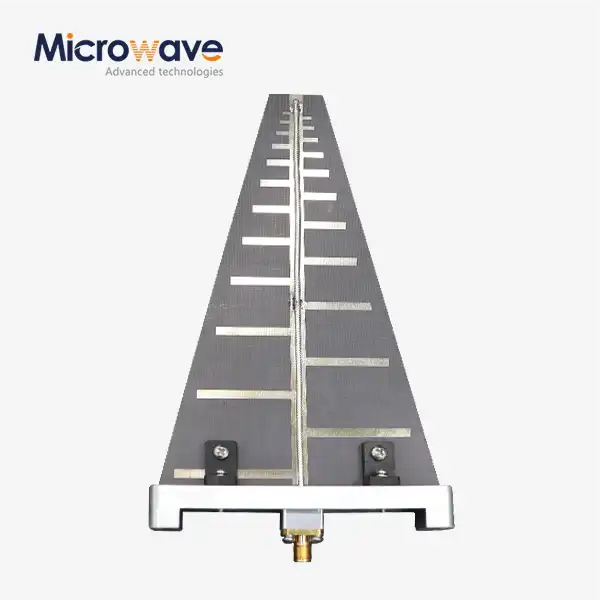 VIEW MORELog Periodic Antenna
VIEW MORELog Periodic Antenna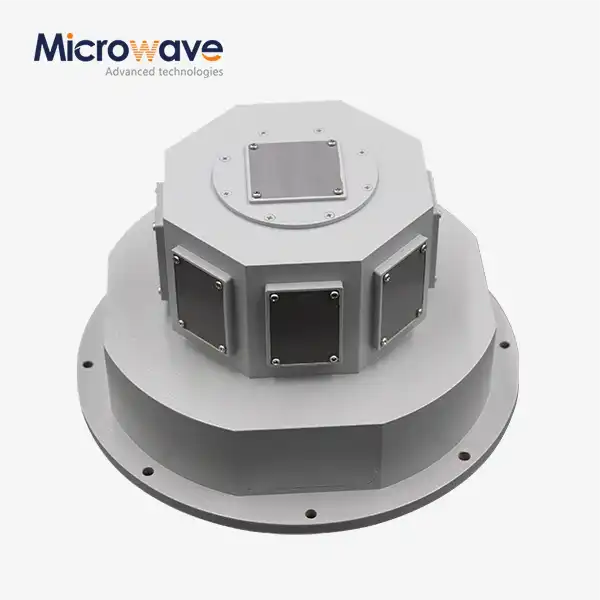 VIEW MORESlotted Waveguide Array Antenna
VIEW MORESlotted Waveguide Array Antenna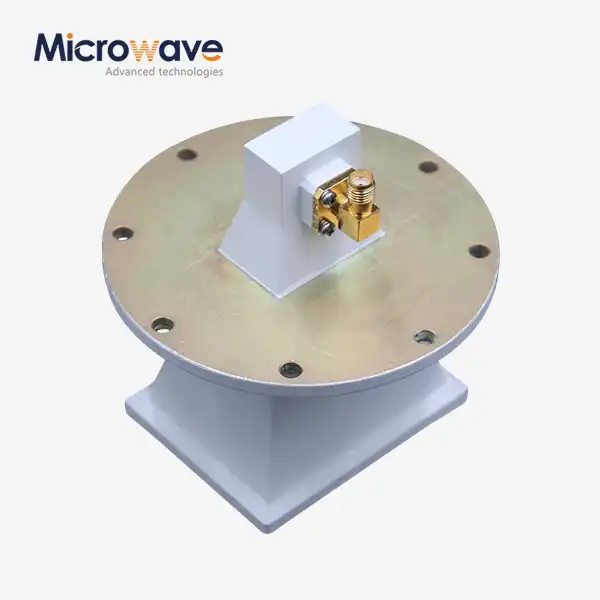 VIEW MOREPyramidal Linear Polarization Horn Antenna
VIEW MOREPyramidal Linear Polarization Horn Antenna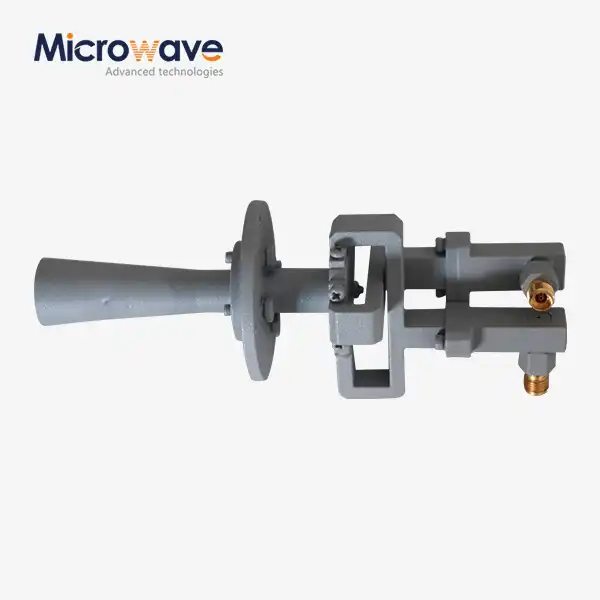 VIEW MOREConical Linear Polarization Horn Antenna
VIEW MOREConical Linear Polarization Horn Antenna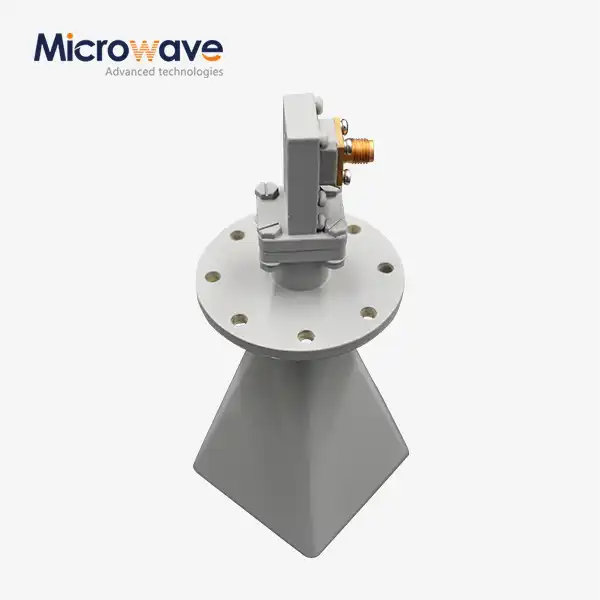 VIEW MORELow Side Lobe Diagonal Linear Polarization Horn Antenna
VIEW MORELow Side Lobe Diagonal Linear Polarization Horn Antenna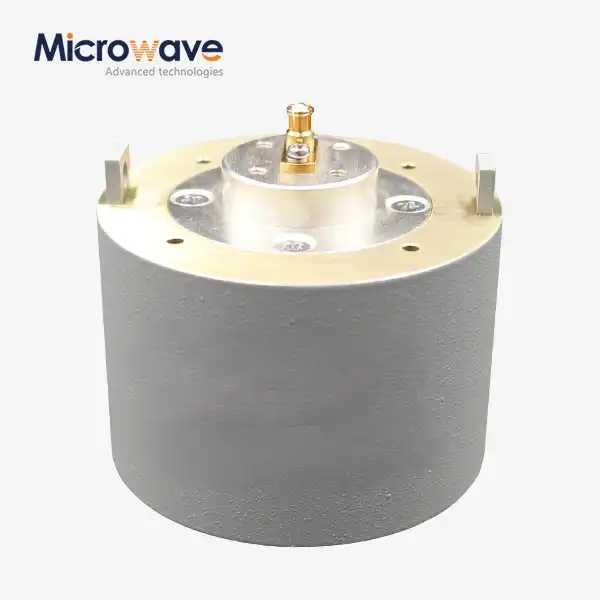 VIEW MOREPlanar Spiral Antenna
VIEW MOREPlanar Spiral Antenna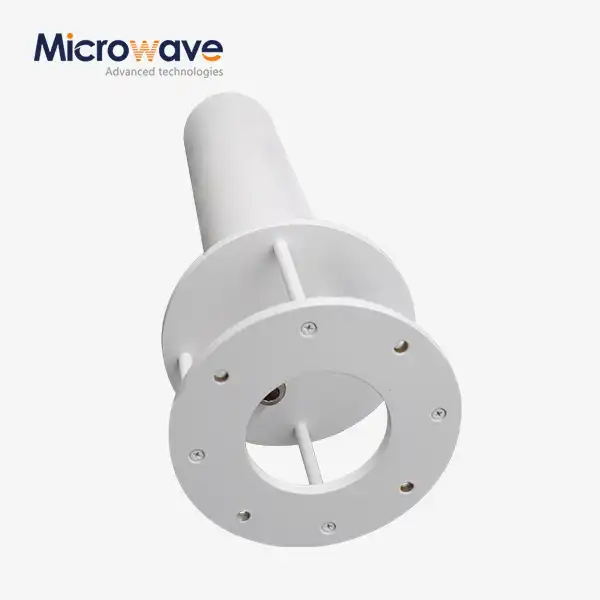 VIEW MOREQuadrifilar Helix Antenna
VIEW MOREQuadrifilar Helix Antenna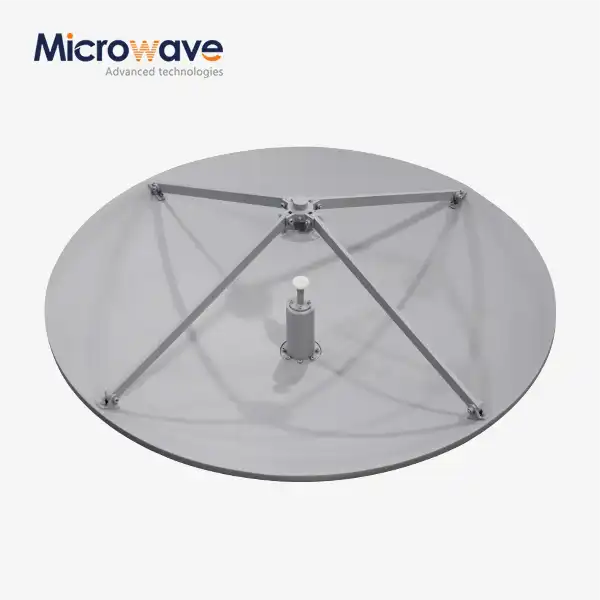 VIEW MORECassegrain Antenna
VIEW MORECassegrain Antenna




